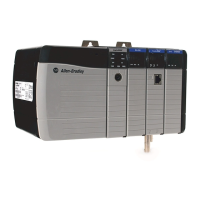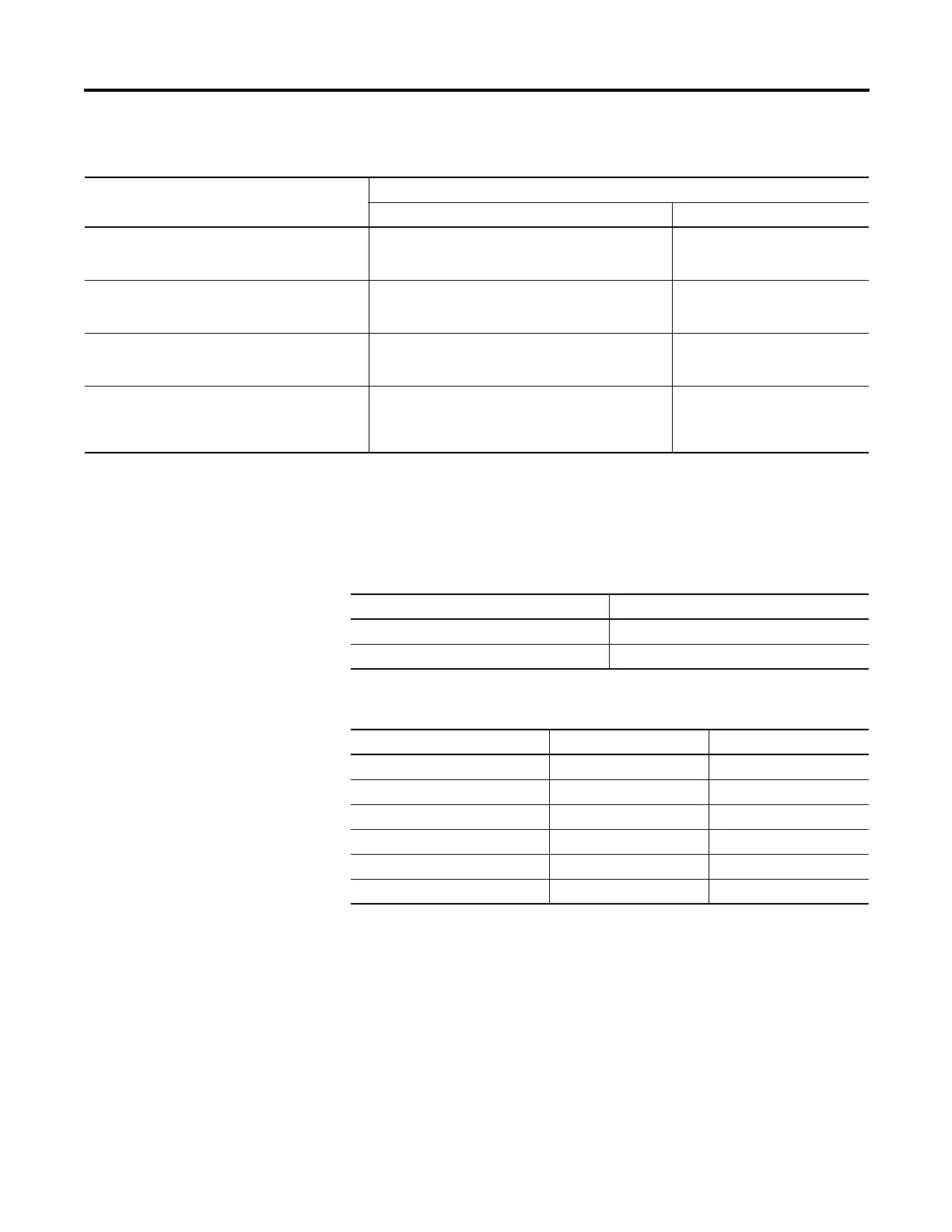Rockwell Automation Publication 1756-RM003N-EN-P - October 2011 675
Structured Text Programming Appendix C
The table shows some examples.
Use Relational Operators
Relational operators compare two values or strings to provide a true or false
result. The result of a relational operation is a BOOL value.
Use these relational operators.
Use this format Example
For this situation Write
value1 operator value2 If gain_4 and gain_4_adj are DINT tags and your
specification says: ‘Add 15 to gain_4 and store the result
in gain_4_adj’"
gain_4_adj := gain_4+15;
operator value1 If alarm and high_alarm are DINT tags and your
specification says: ‘Negate high_alarm and store the
result in alarm.’
alarm:= -high_alarm;
function(numeric_expression) If overtravel and overtravel_POS are DINT tags and your
specification says: ‘Calculate the absolute value of
overtravel and store the result in overtravel_POS.’
overtravel_POS := ABS(overtravel);
value1 operator (function((value2+value3)/2) If adjustment and position are DINT tags and sensor1 and
sensor2 are REAL tags and your specification says: ‘Find
the absolute value of the average of sensor1 and sensor2,
add the adjustment, and store the result in position.’
position := adjustment +
ABS((sensor1 + sensor2)/2);
If the comparison is The result is
True 1
False 0
For this comparison Use this operator Optimal data type
Equal = DINT, REAL, string
Less than < DINT, REAL, string
Less than or equal <= DINT, REAL, string
Greater than > DINT, REAL, string
Greater than or equal >= DINT, REAL, string
Not equal <> DINT, REAL, string

